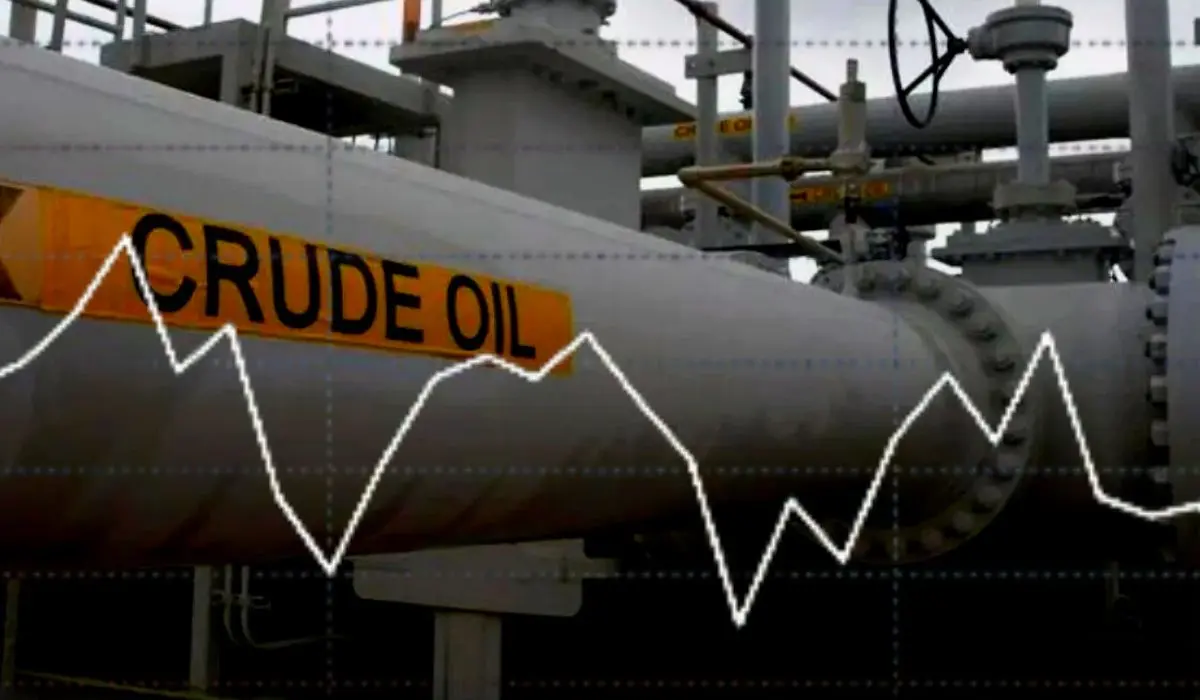Crude oil prices held steady on Monday amid expectations that major suppliers would tighten supply after a positive economic outlook from Beijing and the Federal Reserve’s decision to not hike interest rates to avoid further scrutinizing the U.S. economy helped boost confidence among investors.
Brent Crude And WTI Futures End August On A High Note
Both Brent crude futures and West Texas Intermediate futures ended last week’s trades at their highest level in more than 6 months, bringing an end to a two-week losing streak.
Brent crude futures for November went up 17 cents to reach $88.71 a barrel, while U.S. West Texas Intermediate crude (WTI) October futures rose 18 cents to trade at $85.73 a barrel.
Demand For Crude Rise In China Following Key Economic Decisions
Demand for crude was on the rise after manufacturing activity in China, the world’s largest crude oil importer, rose unexpectedly in August.

According to a manufacturing PMI survey conducted by Caixin, a series of support measures introduced by Beijing last week, like slashing deposit rates at some of the country’s largest banks and easing loan issuing formalities for home buyers, has helped steady oil prices.
The news has provided investors with renewed optimism about the second-largest economy, which has been curtailed by a deepening post-COVID manufacturing and real estate crisis. However, the country’s property market still needs a helping hand from the government after two of its largest property developers filed for bankruptcy.
Federal Reserve Not Expected To Hike Intrest Rates On The Dollar
Meanwhile, in the U.S., employment numbers were higher than expected after the Fed released its jobs report for August on Friday, which showed an increase of 187,000 jobs in nonfarm payroll jobs in the last month.
But the country’s unemployment rate climbed to 3.8% and wage gains moderated as job growth slowed down, suggesting that the labor market was cooling down. Market analysts say that the condition indicates that it is unlikely that the Federal Reserve will hike interest rates on the U.S. dollar in September, giving a much-needed breather for the world’s largest economy from a harsh dampening.
Continued Crude Supply Cuts Expected From Russia And Saudi Arabia
According to Sugandha Sachdeva, the executive vice president and chief strategist at Acme Investment Advisors, crude oil prices are primarily driven by the expectation of further supply cuts by Russia and Saudi Arabia, two major oil-supplying nations.
He also added that with the U.S. steadily increasing its production, further limits could be imposed on significant crude price gains.
On Thursday, Russian Deputy Prime Minister Alexander Novak remarked that Russia has agreed with other members of the Organization of the Petroleum Exporting Countries (OPEC) on the parameters to continue export cuts.
Last month, Russia, the second largest global exporter of crude oil, announced it would cut exports by 300,000 barrels per day (bpd) in September, following a 500,000 bpd cut the previous month. Saudi Arabia, the leading exporter of crude, is also expected to voluntarily reduce its exports by 1 million barrels per day in October.
Read More: Gala Games Freefalling As Leadership Is Embroiled In Legal Dispute
Speaking at the APPEC oil and energy industry conference held in Singapore on Monday, Russel Hardy, CEO of Vitol Group – a multinational energy and commodity trading company, said the global crude market is expected to become less tight in the coming six to eight weeks due to refinery maintenance works.
But supplies of sour crude, which has higher sulfur content, to complex refineries in India, Kuwait, Saudi Arabia, Oman, and China will remain tight due to the OPEC+ cuts, said the chief executive.
